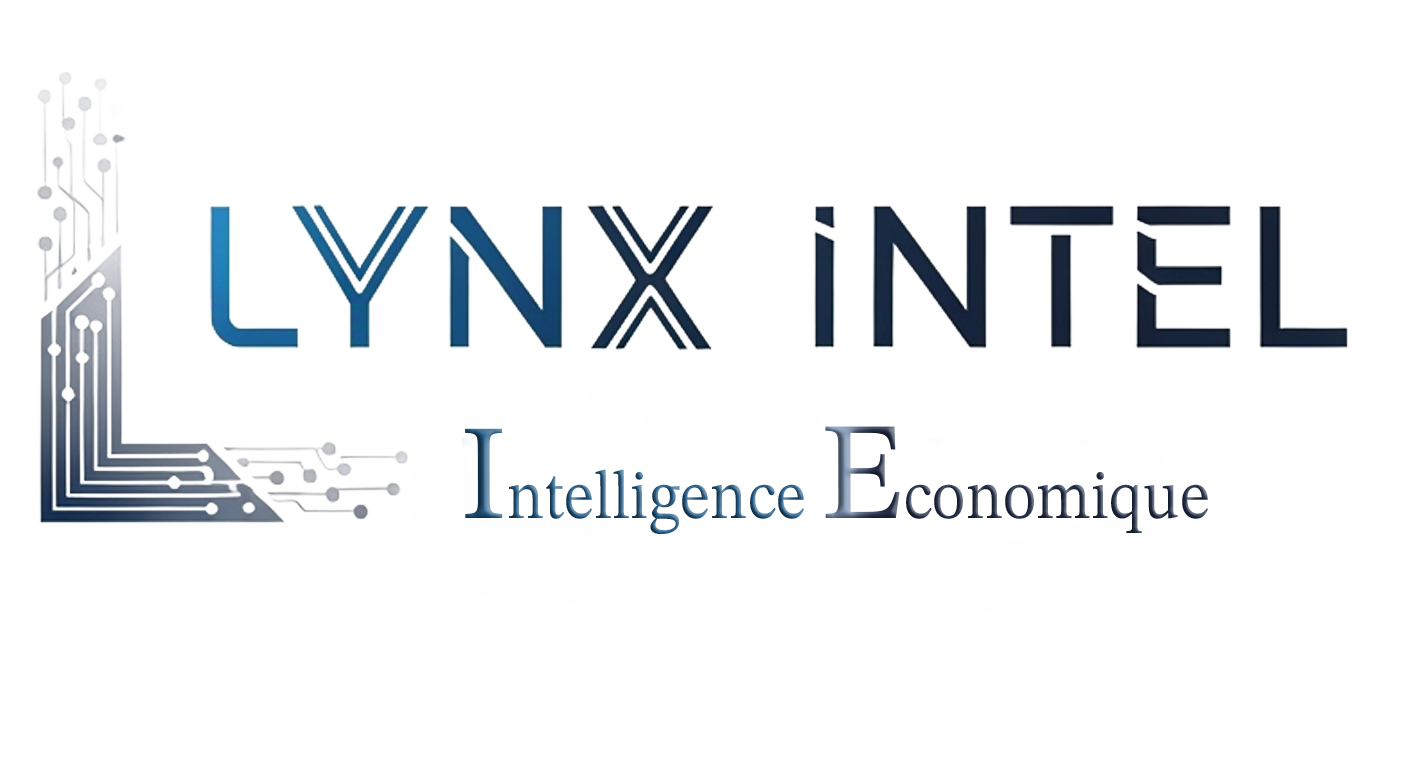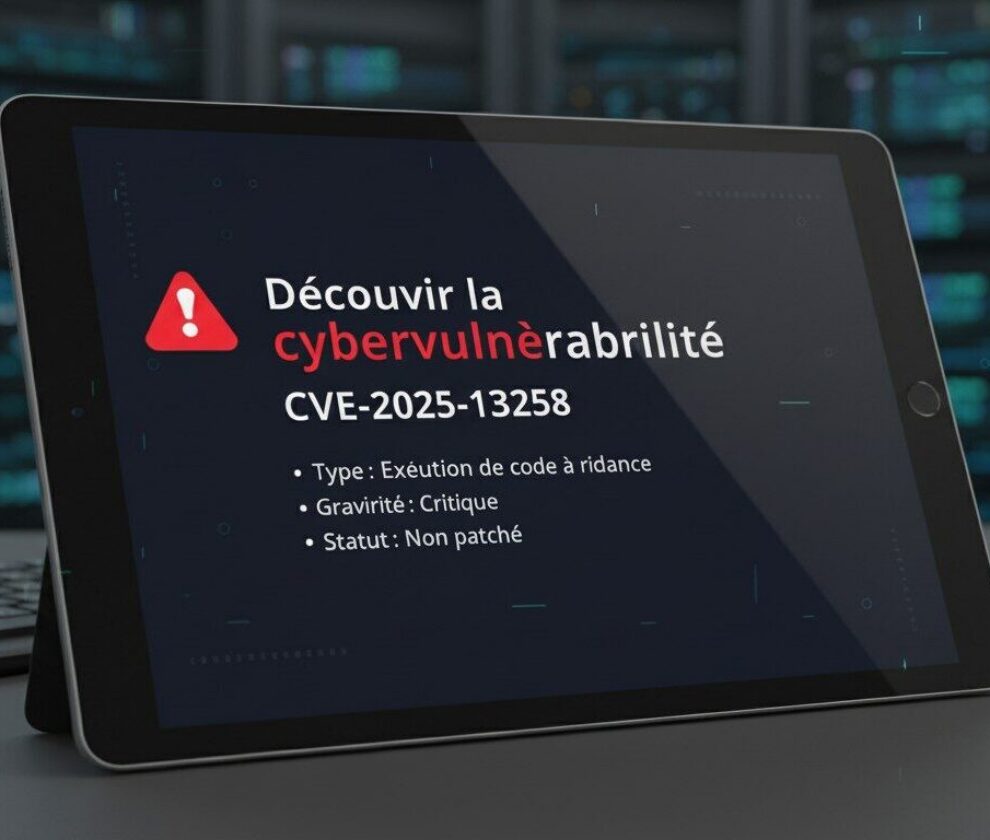Introduction
In an era where cyberattacks are growing increasingly sophisticated, understanding how cybercriminals operate is vital to creating an effective defense. This article delves into the tactics deployed by the Lynx Ransomware—a newly examined malware renowned for its devastating effects on businesses.
Lynx Ransomware exemplifies how far malware technology has evolved. Here, we provide a comprehensive analysis of this threat, along with practical advice to raise awareness and safeguard your organization against its potential damage.
What is Lynx Ransomware?
Lynx Ransomware is a type of malicious software (or malware) engineered to encrypt victim data and extract sensitive information, usually paired with a ransom demand. Discovered in 2025, this ransomware has drawn attention for its efficiency and complex intrusion methods.
What sets it apart are its sophisticated tools, including the SoftPerfect Network Scanner and NetExec, which help map targeted networks. Additionally, Lynx Ransomware incorporates advanced techniques for privilege escalation and erasing critical backups.
An Overview of Lynx Ransomware Tactics
The Lynx Ransomware operates in multiple stages to inflict maximum damage:
- Initial Access: Exploits Remote Desktop Protocol (RDP) vulnerabilities to infiltrate exposed systems, often using stolen credentials.
- Reconnaissance: Deploys tools like SoftPerfect Netscan to map out and understand the network infrastructure.
- Lateral Movement: Gains elevated access to privileged domains to extend its reach and impact.
- Data Exfiltration: Extracts sensitive data, compressing and transferring it to online platforms such as temp.sh for ransom leverage.
- Encryption: Rapidly encrypts files to immobilize the system and leave administrators scrambling.
The Impact of Lynx Ransomware Attacks
The damage caused by Lynx Ransomware robberies is both vast and multifold. Here are some key impacts:
- Data Encryption: Locks access to vital business data, stifling entire operations within minutes.
- Backup Deletion: Targets and erases backups using tools like Veeam to amplify data loss.
- Data Exfiltration: Stolen data is weaponized, either sold or used to further blackmail businesses.
Financial losses from such attacks can exceed hundreds of thousands of dollars, not to mention the long-term reputational damage companies endure.
How to Detect Intrusion Signs
Early detection of a ransomware attack is critical. Be alert for the following signs:
- Unusual Logins: Sudden activity on RDP sessions originating from suspicious IP addresses.
- Creation of Suspicious Accounts: New user accounts with excessive privileges that shouldn’t exist.
- Abnormal Network Activity: Port scanning or unusual data movements raise red flags.
Employing tools like SIEM (Security Information and Event Management) systems can provide real-time monitoring to identify threats promptly.
Solutions to Prevent a Lynx Ransomware Attack
Ensuring protection against Lynx Ransomware requires a multi-layered security strategy:
- Multi-Factor Authentication (MFA): Enhance security for RDP and other sensitive account logins.
- Continuous Monitoring: Invest in monitoring solutions capable of detecting malware signatures and unusual behaviors in real time.
- Redundant Backups: Maintain robust, offsite backups to secure data against ransomware encryption and deletion attempts.
Adopting information security standards like ISO/IEC 27001 can further strengthen an organization’s cybersecurity foundation.
Why Investing in Cybersecurity is Essential
Committing resources to advanced cybersecurity technologies and employee training minimizes the risk of attacks. Companies like Lynx Intel offer strategic solutions tailored to improving your security posture while staying ahead of attacker trends.
By implementing cutting-edge measures, your organization can mitigate future threats more effectively and maintain better cyber hygiene.
Conclusion
Cybersecurity threats evolve rapidly, and overlooking vulnerabilities is a risk no business can afford. Lynx Ransomware stands as a prime example of advanced malicious ingenuity. To counteract such threats, organizations must deploy specialized resources and stay proactive.
At Lynx Intel, our team specializes in identifying and addressing security gaps, ensuring your enterprise is safeguarded against modern threats. Contact us today for expert insights and secure your future in an increasingly digital world.


